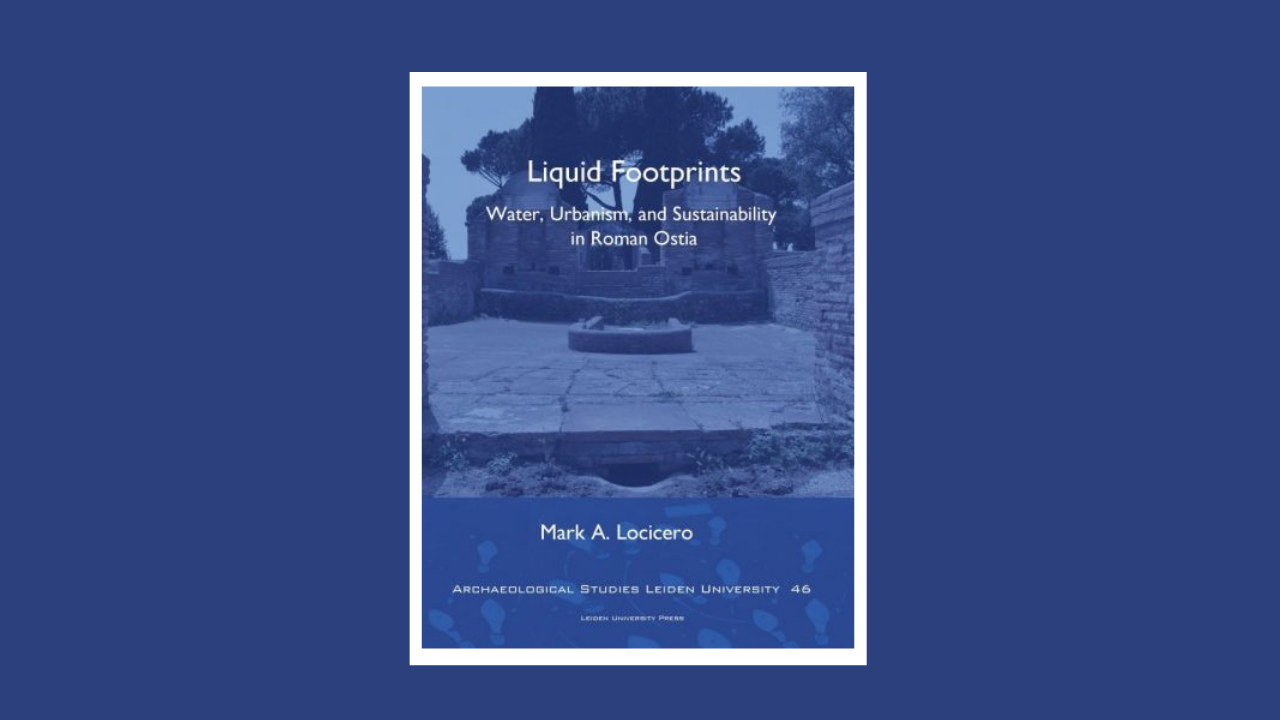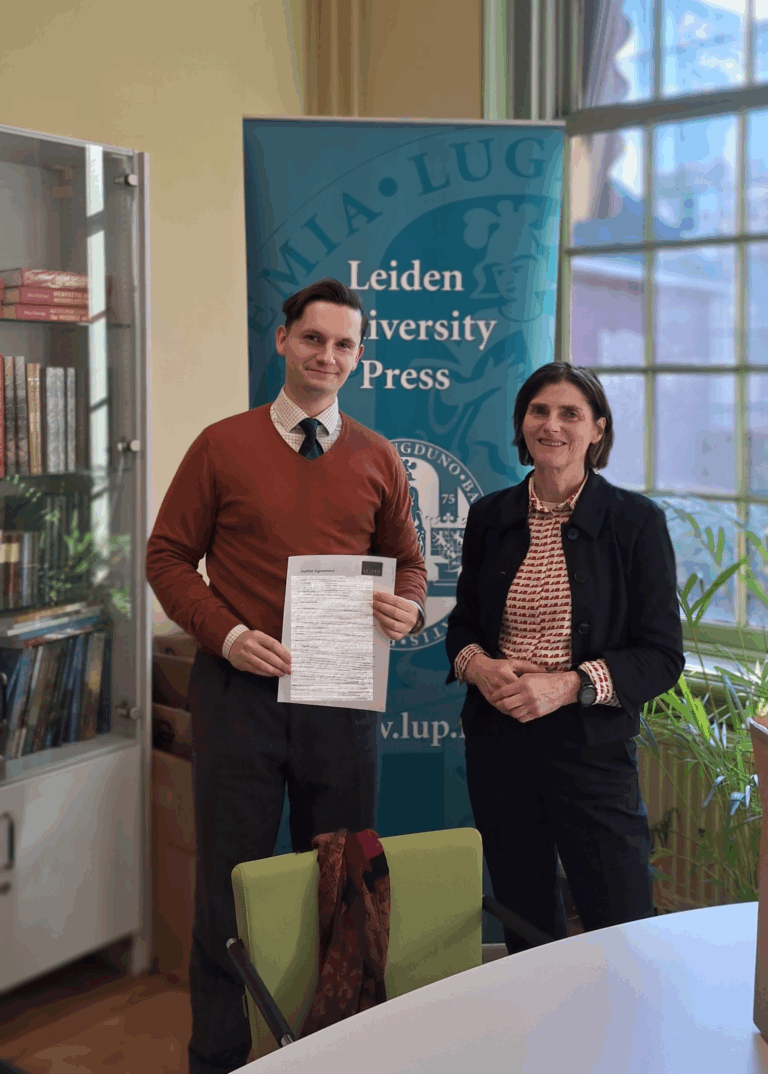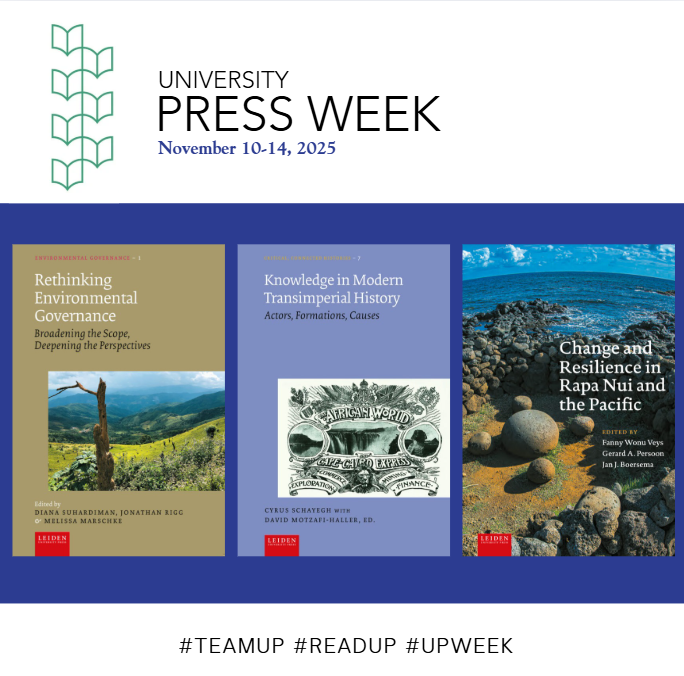A book review by Ann Olga Koloski-Ostrow of Liquid Footprints: Water, Urbanism, and Sustainability in Roman Ostia by Mark A. Locicero in American Journal of Archaeology Vol. 125, No. 4 (October 2021):
A methodological bridge between the rich archaeological evidence from Roman Ostia and the field of contemporary urban resource management
Locicero’s study aims to create a methodological bridge between the rich archaeological evidence from Roman Ostia, at the mouth of the Tiber, and the burgeoning field of contemporary urban resource management. Locicero explores the limits and expressions of Roman resource usage and focuses on how Roman cities managed issues of water supply, use, and drainage. He examines, again by way of Ostia, how the urban landscape of a Roman city reacted to its changing hydraulic needs. More than a century of excavation has revealed an incredible wealth of water features from nearly all periods of Ostia’s history. As part of his mandate to identify the means by which the city reacted to its constant need for water, Locicero masterfully uses this case study for elucidating Roman perceptions of the environment, the sustainability of Roman urbanism, and wider historical patterns of resource usage.
The seven chapters of Locicero’s book address theory, methodology, diachronic discussion and conclusion. They cover three distinct urban areas of Ostia.
Larger urban forces at play in different periods of time
One of the most innovative angles to Locicero’s study is that he presents the environmental setting of Ostia, to show how many different types of water existed within, below, and around the city. While the literature on the urban development of Ostia is immense (and, of course, much of it based on the seminal work of Meiggs 1973), Locicero summarizes it here to bring out the larger urban forces at play in different periods of the city’s life. This also provides a chronological structure within which to place the city’s numerous infrastructure networks.
New ways of thinking about water
Locicero engages with recent debates in materiality and phenomenology, as well as recent developments in sociocultural studies, to demonstrate new ways of thinking about water. His approach is striking and opens up myriad horizons for questioning our current and past ideas of the relationship humans had with water in the ancient Roman world. Shifting from the cultural to the urban, Locicero presents recent work on Roman urbanism and approaches to modern urban infrastructure, as well as providing a brief introduction to sustainability and, more precisely, sustainable resource management, in order to investigate how urban water usage is studied today.
Further down the path of sustainability
Locicero demonstrates the potential for increased collaboration between urban specialists of all time periods, his final remarks suggest there can be further development and future application of the ‘Roman water footprint. “We are treated to the implications of a dialogue between first- and 21st-century water usage.” Further down the path of 21st-century resource awareness and sustainability.
The thoroughness and care with which everything has been put together will make this volume a starting place for further Ostian studies. Read the full book review>
Would you like to order Liquid Footprints: Water, Urbanism, and Sustainability in Roman Ostia by Mark A. Locicero? Please visit our webshop>





